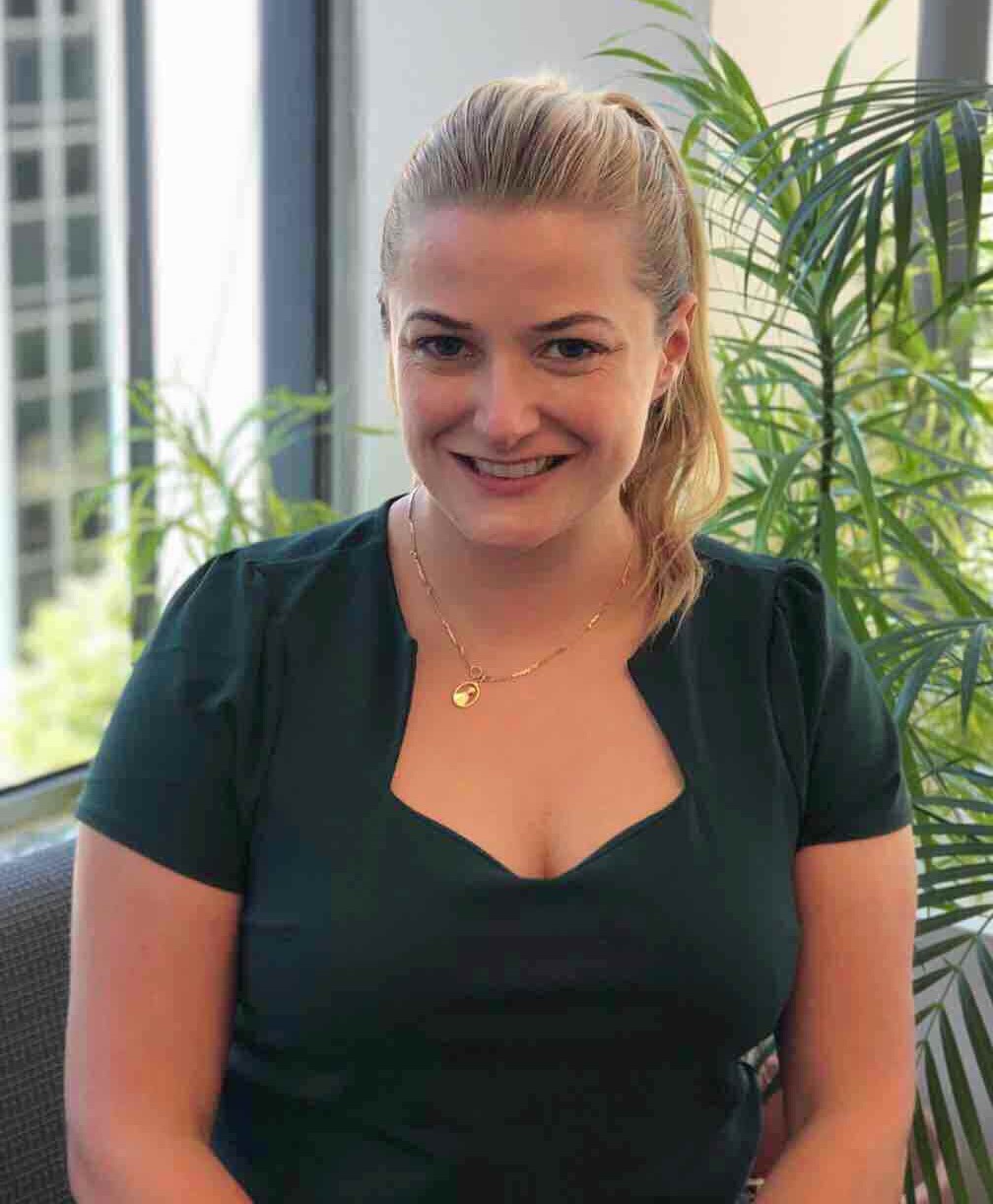In a recent CWAG webinar, human trafficking experts discussed how data can be used to disrupt the supply chains that provide new victims to traffickers
Data, data and more data — that’s the force multiplier law enforcement needs in order to stay one step ahead of criminal enterprises that engage in human trafficking, panelists told audiences during a recent webinar on human trafficking.
Human trafficking victims are forced into agricultural, domestic, and industrial labor, as well as prostitution and other forms of exploitation. The profits to criminal actors are staggering: $150 billion a year, according to Sara Crowe, Director of Polaris’s Strategic Initiative on Financial Systems. Her comments came during the webinar, Using Data to Disrupt Human Trafficking Supply Chains, which was produced by Thomson Reuters and the Attorney General Alliance, a new initiative formed in July by the Conference of Western Attorneys Generals (CWAG).
Crowe — along with New Mexico Attorney General Hector Balderas and Robert McGinnis, of Thomson Reuters Special Services (TRSS) — participated in the webinar, which was moderated by Thomson Reuters’ Gina Jurva.
New Mexico at the Forefront of the Fight
AG Balderas kicked things off by framing the depth of the problem, describing how his office uses a multi-disciplinary approach to stop human trafficking supply chains through the state’s New Mexico Human Trafficking Task Force. The Task Force combines a collaborative approach to combating sex trafficking and labor trafficking.

Although data and numbers are important, there is a human element behind every dollar, Balderas explained. In the case of Jeffrey Epstein, for example, Epstein owned a ranch in New Mexico, but he was not required to register as a sexual offender. Balderas is pushing to change a New Mexico state law to require anyone with a sex trafficking conviction to register as a sex offender.
The Depth of the Problem
Crowe discussed some of the anti-trafficking techniques used by Polaris to untangle what can be complex networks of sex and labor trafficking. Using this information, Polaris shares insights with law enforcement so they are better equipped to conduct effective and victim-centered investigations.
Part of the issue with using data to investigate sex traffickers is that there are 25 different types of trafficking businesses in the United States as identified by Polaris, each with unique elements that can raise red flags to law enforcement, Crowe said.
You can listen to the webinar, Using Data to Disrupt Human Trafficking Supply Chains, here.
Crowe discussed ways in which law enforcement can investigate these cases several ways, including using open-source data and public records to connect the dots on criminals.
Gathering Data via the Human Trafficking Hotline
Much of Polaris’s nuanced understanding of trafficking dynamics in the United States is based on information reported to the U.S. National Human Trafficking Hotline, which is operated by Polaris and which helps connect survivors to the support they need.
The National Hotline, which handles cases in each of the 50 states, D.C. and U.S. territories, received information about more than 20,000 victims of human trafficking in 2018 alone. Additionally, the National Hotline connects survivors to vital services such as legal representation.

And that is crucial, because the legal needs associated with human trafficking are as complex and individualized as the cases themselves. Many survivors of human trafficking end up with a criminal record as a direct result of what happened to them. In many cases, the records are prostitution-related, but not all. Survivors have records for offenses involving gang and drug activity, theft, assault, using fraudulent documents, and the full range of other crimes because of their own victimization.
Other legal issues include navigating the government benefits and protections that might or might not be available to them when they get out of their situation and are seeking to rebuild their lives. Often, they need legal representation to deal with child custody situations. Many, for example, are battling their trafficker over custody. Sometimes, they are eligible for restitution and a lawyer can help them get their due.
All of this, of course, is not exhaustive, as survivors of human trafficking may face a litany of other, unique, legal challenges related to their situations.
Risk Indicators: Using Data to Pull the Thread
McGinnis agreed that providing data-driven analysis to law enforcement and regulatory agencies to more quickly assess the risk of a person being a victim of massage-based sex trafficking is crucial. It can help law enforcement identify significant persons of interest in illicit massage networks, for example. “We are merely pulling the thread on capabilities out there to stop human traffickers,” he said.
When combined with looking at massage business license applications from the state to figure out what schools were certifying the victims, this data-driven approach can assist the government in identifying “visa mills,” McGinnis said, adding that TRSS works with non-profits like Polaris for those data-driven, force-multipliers to help compel government agencies to change the way they deal with massage-related human trafficking cases based on appropriate red flags.
Risk Indicators: Examples of Data Analysis in Action
What exactly are those human trafficking risk indicators that groups like Polaris have identified using the data? Polaris published a report on trends evident when studying one particular trafficking business model, trafficking in illicit massage businesses. Informed by the red-flag indicators highlighted in this report, TRSS later used to compare with their own, internal information to help them conduct large-scale data centered research and analysis projects.
Here, for example, are a few related to the illicit massage business that can inform intervention efforts.
Polaris Data
-
-
- Non-US citizens from East/Southeast Asia
- 30-55 years old
- Flushing, NY and Southern California
- Coerced into sex work
- Traffickers control victims’ documents
- Victims are moved state-to-state
-
TRSS Data
-
-
- Discrepancy between DOB and SSN issue
- DOB records
- Address records
- Prostitution arrest records
- Consolidated addresses of record
- State massage license records
-







